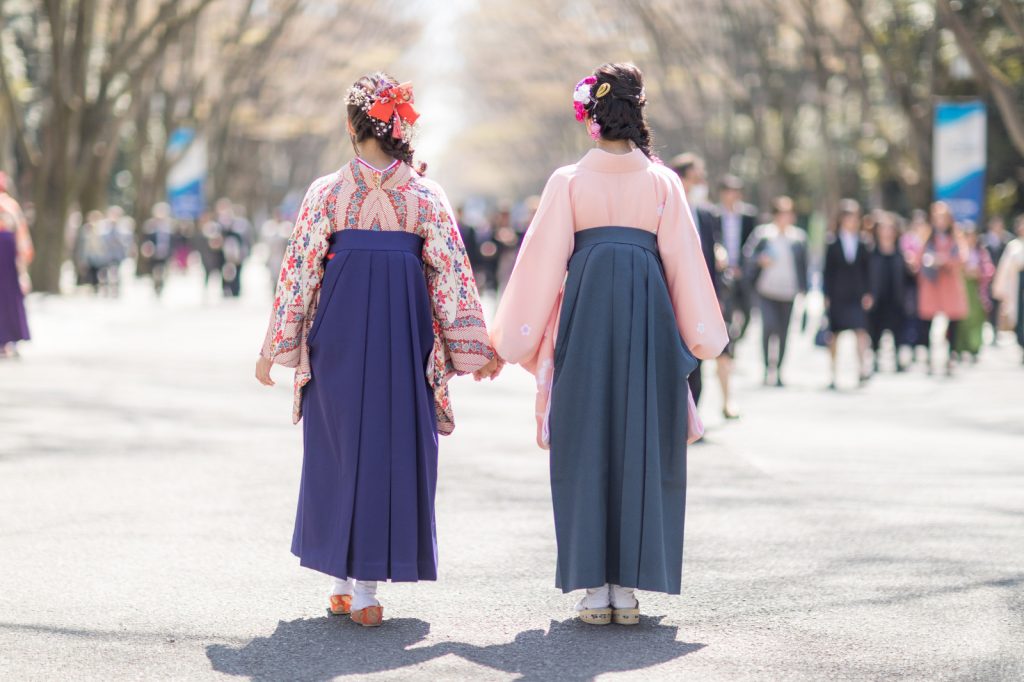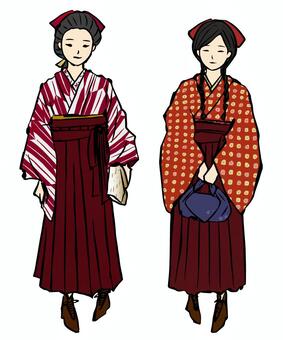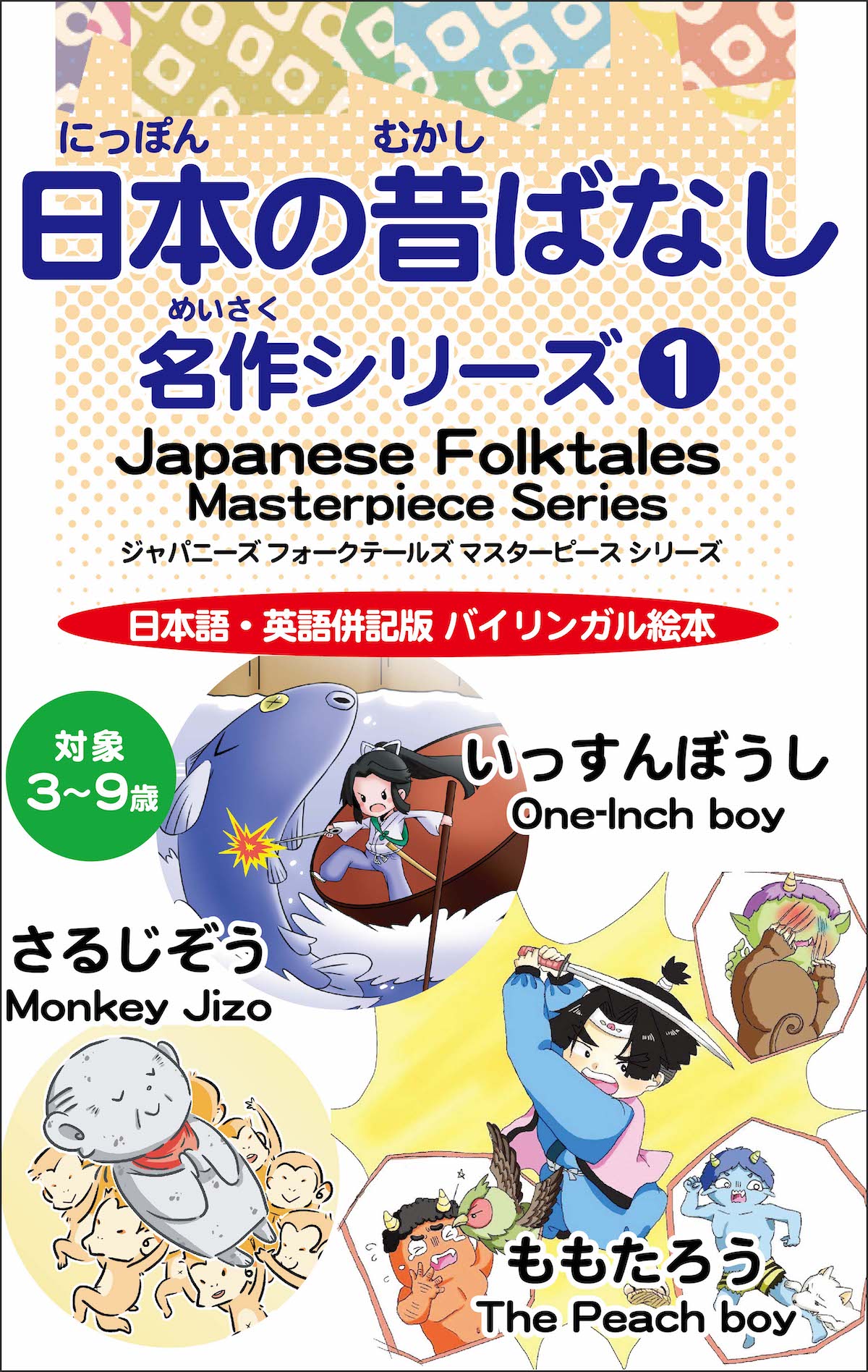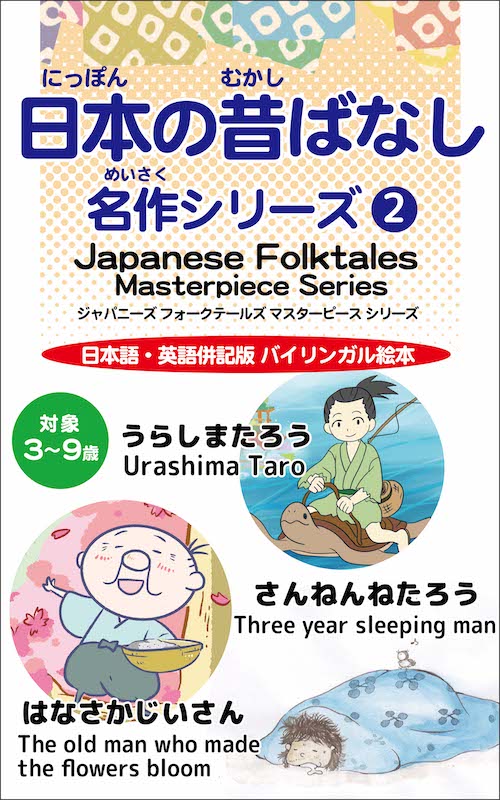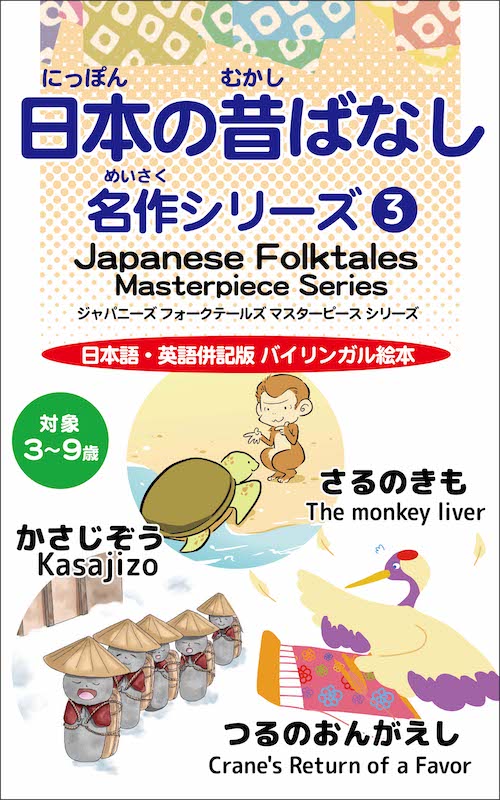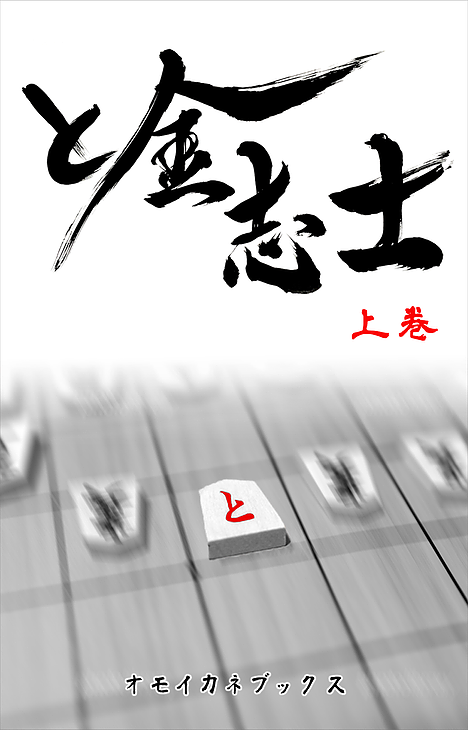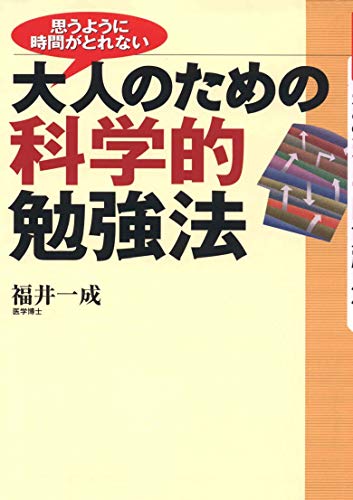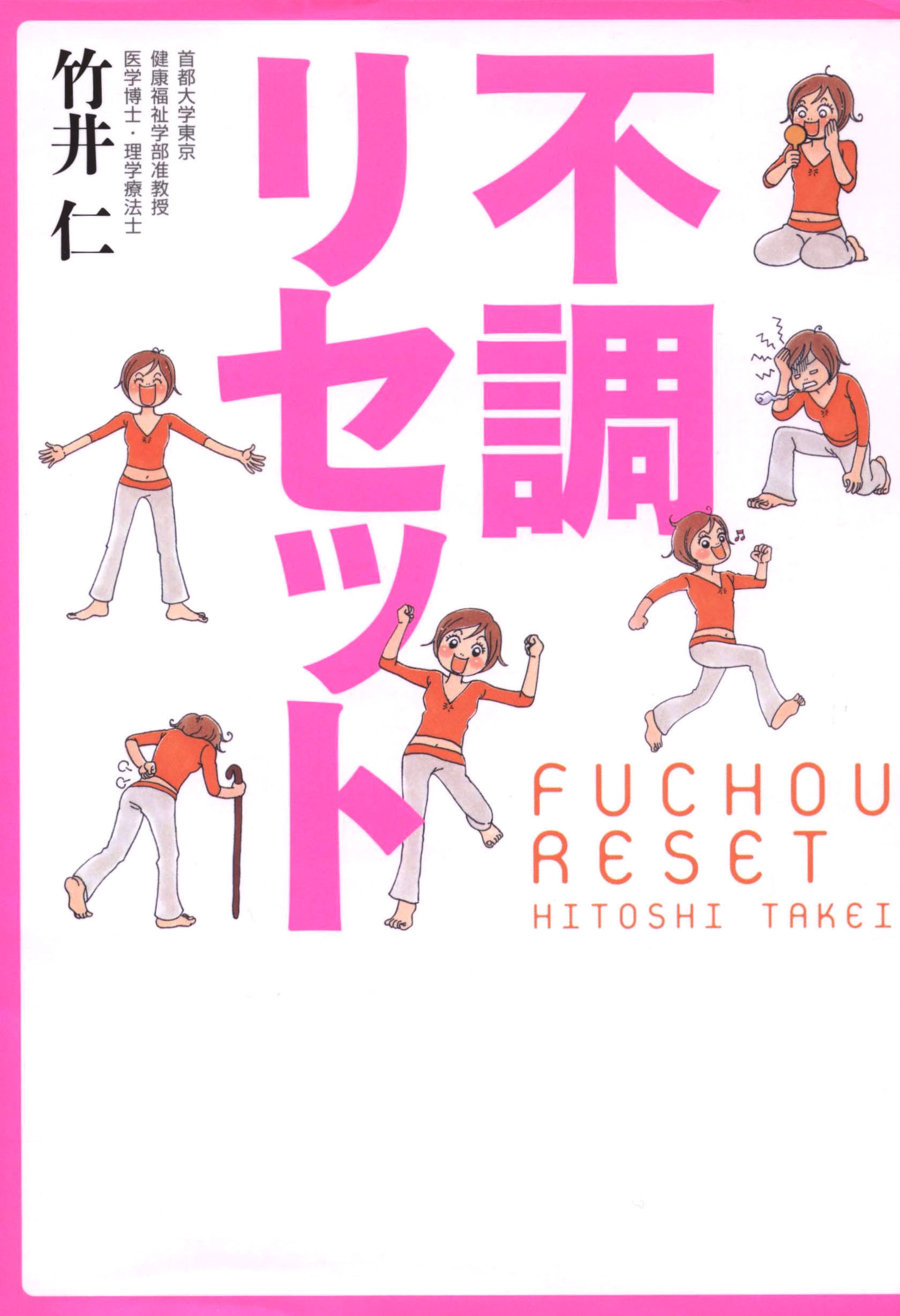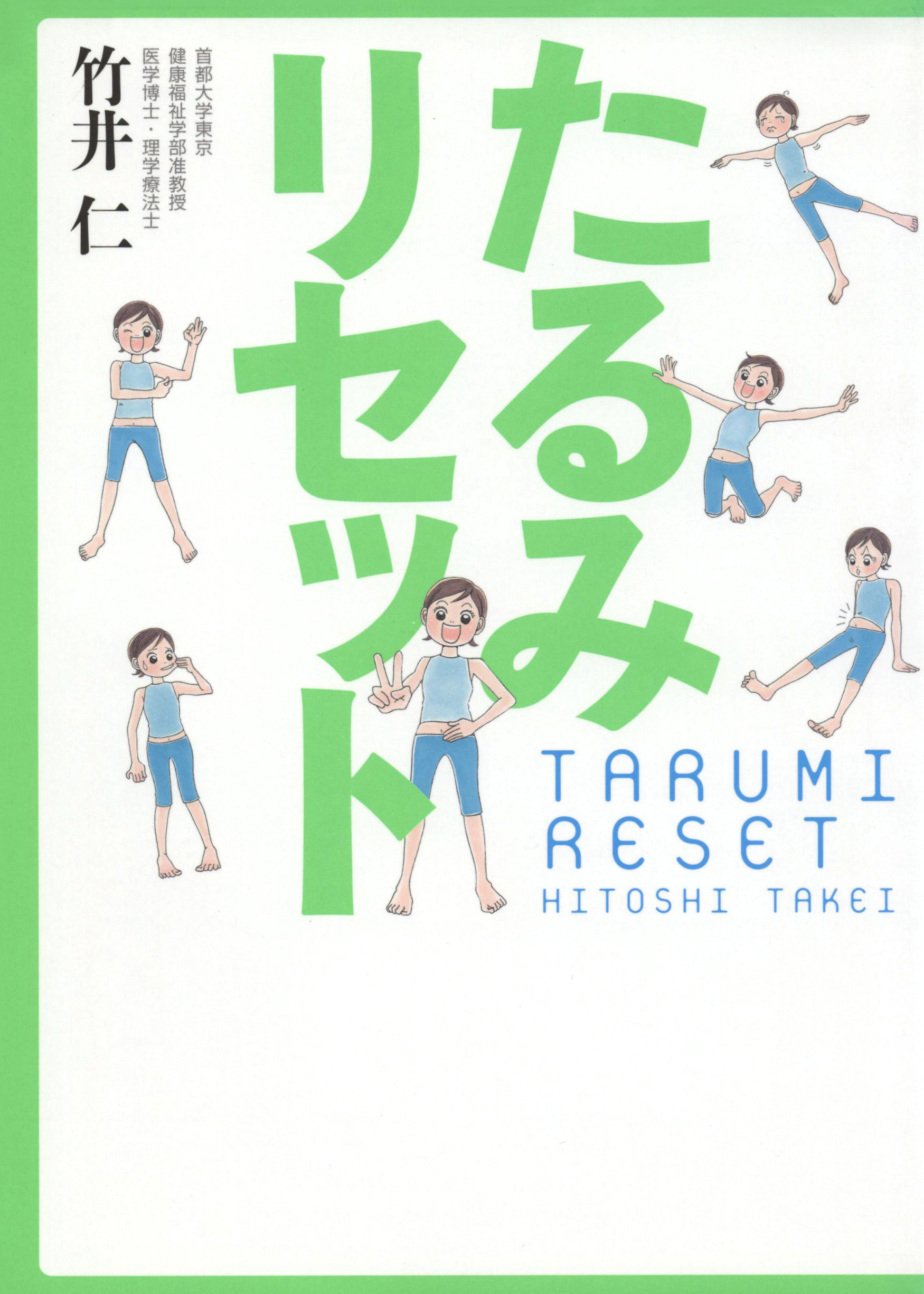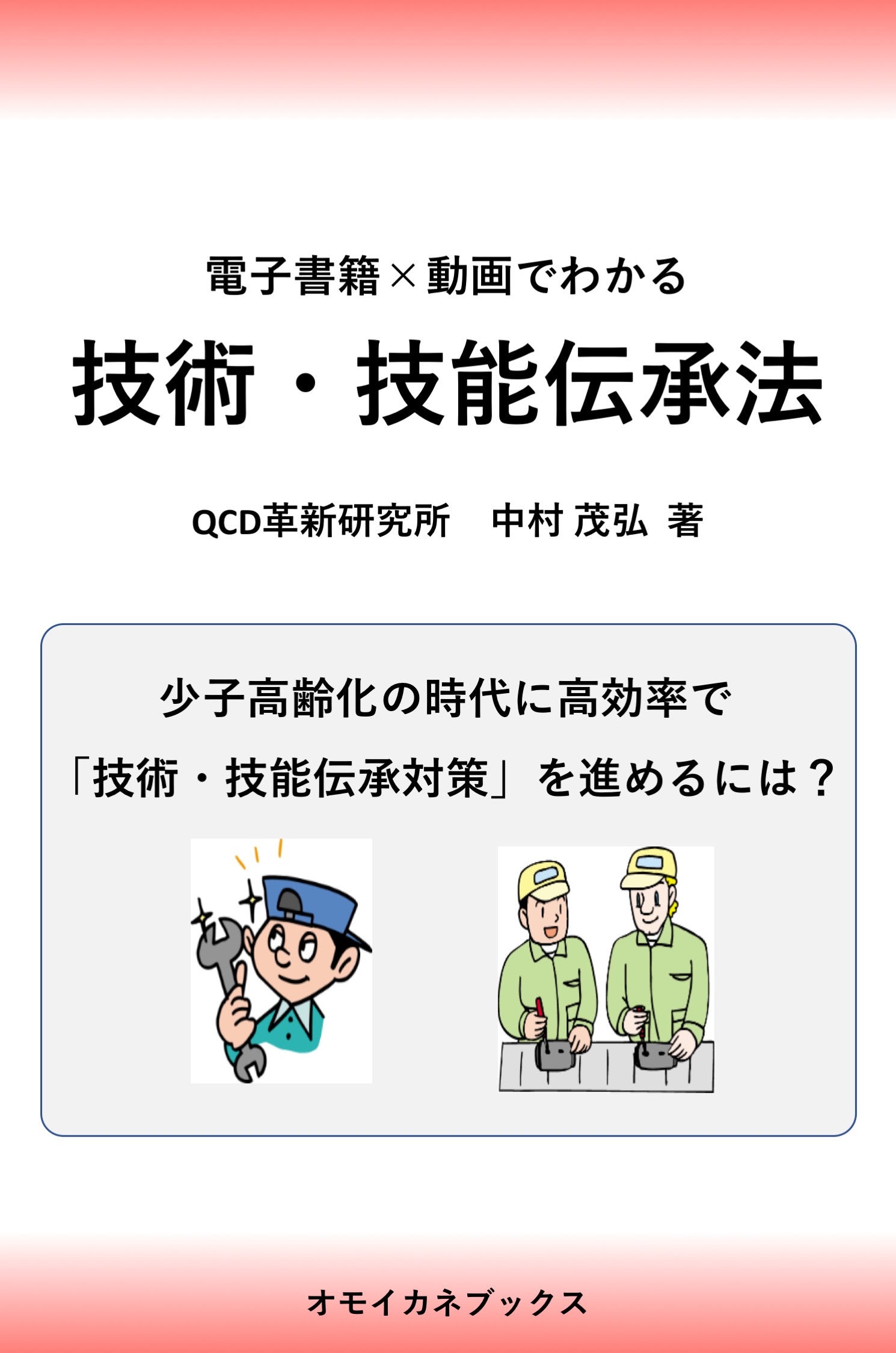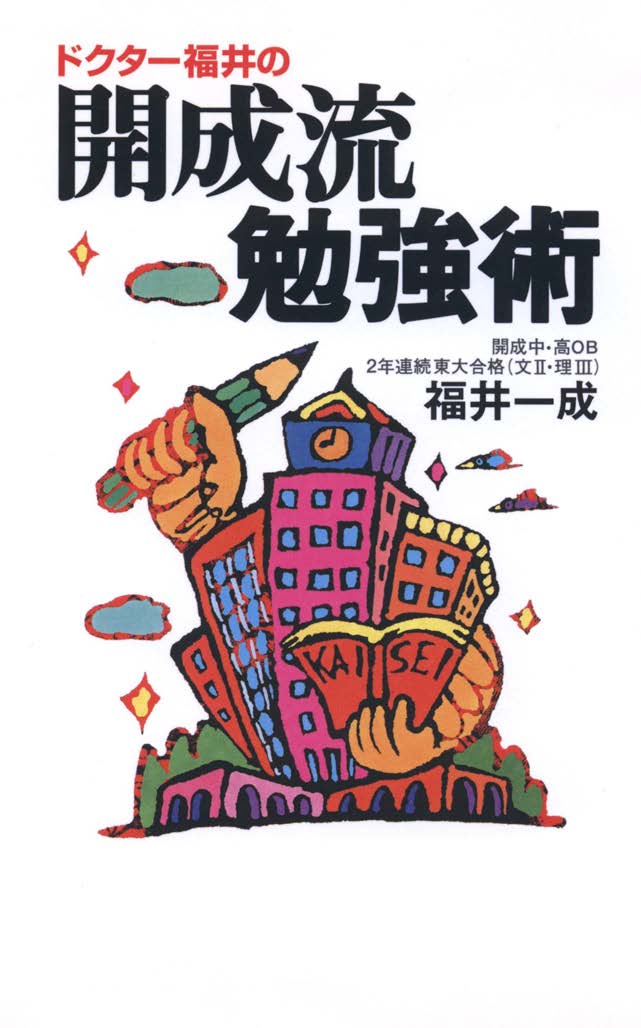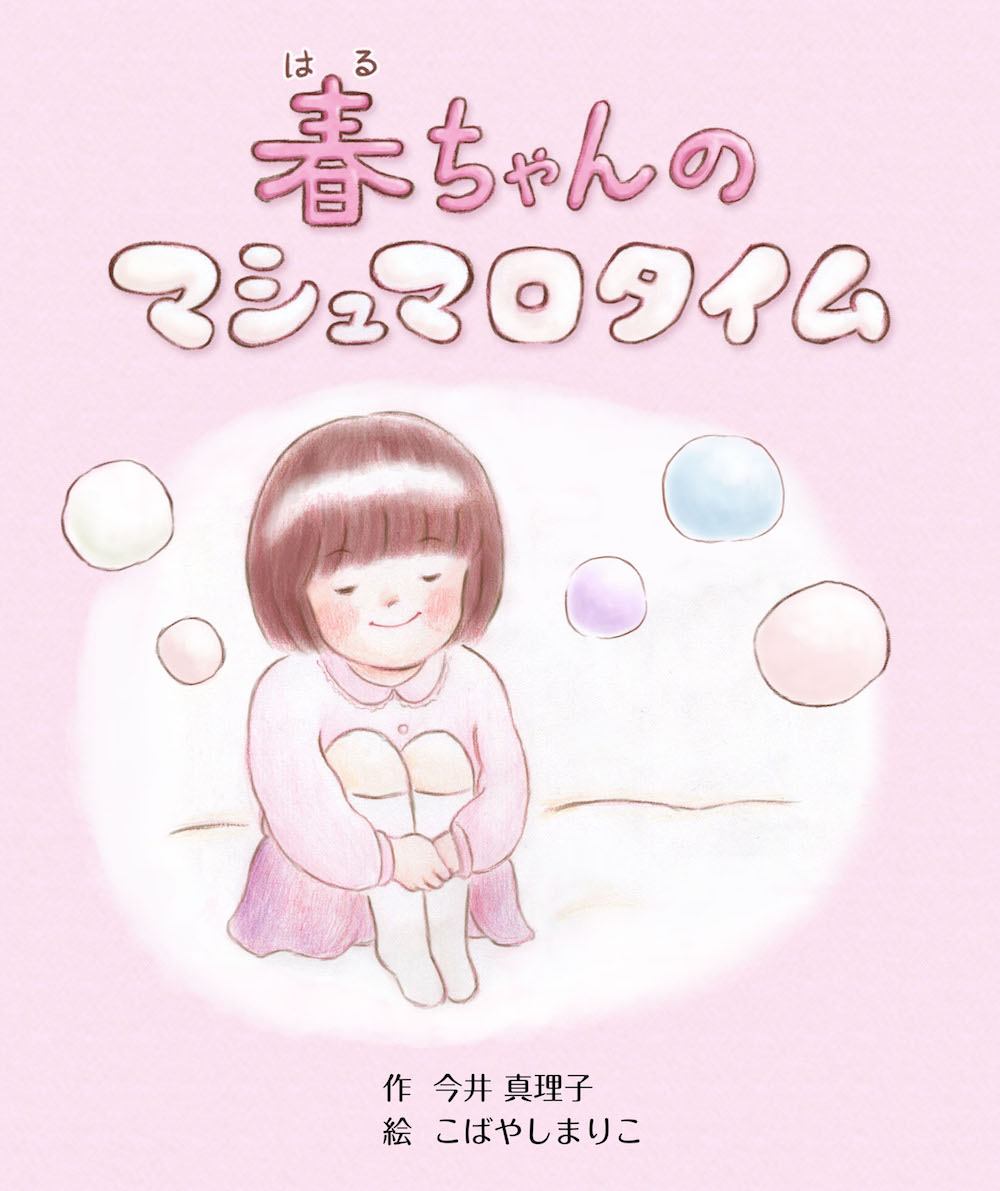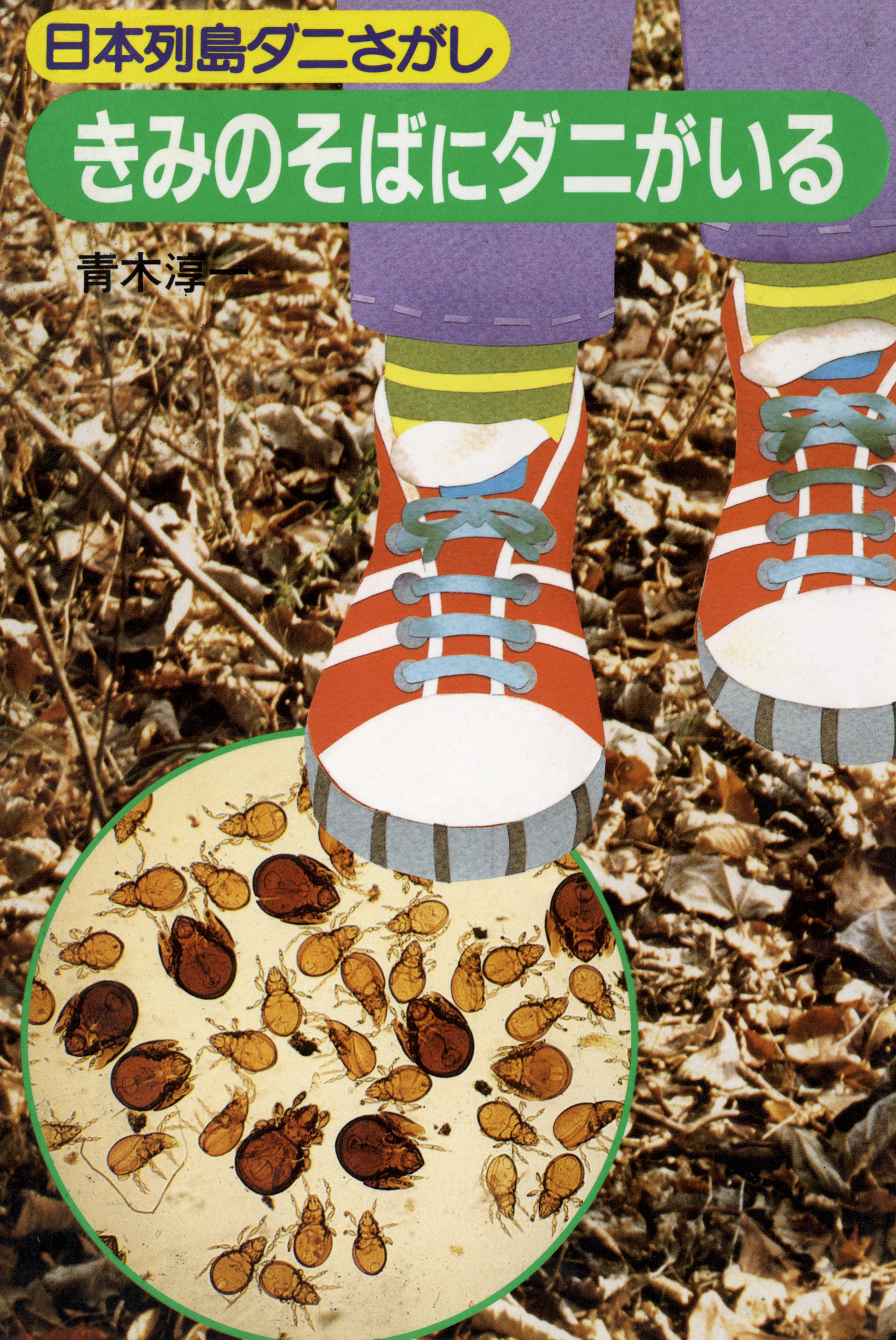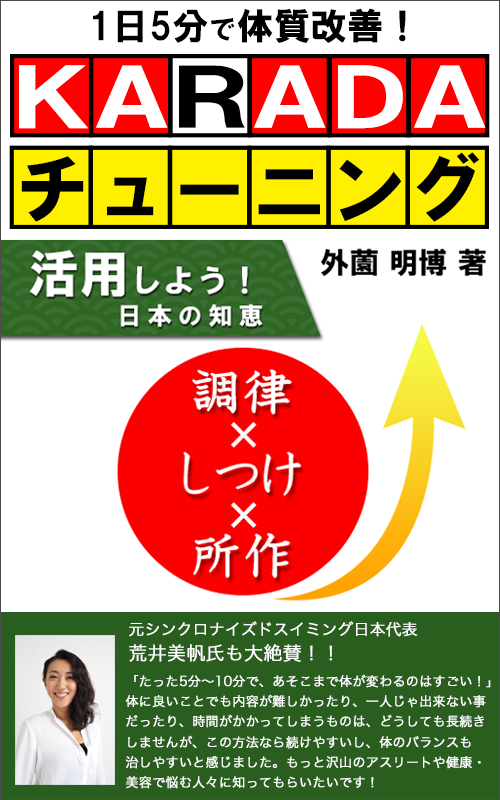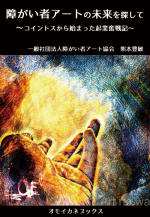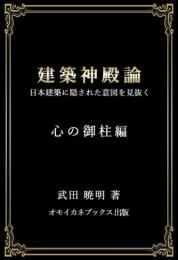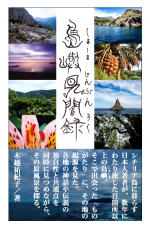現代文化のルーツを探る㉑ 袴
公開日:
:
現代文化のルーツ
卒業式シーズンとなりました。
我が家の娘も先日中学を卒業して、来月からは高校生です。月日の経つのは本当に早いですね。
3月は各地で卒業式が行われていて、卒業式を終え制服や袴姿に花束を抱えた学生さんたちを各所で見かけます。
とても華やかで春を感じさせる装いだと思いませんか?
ところで、女性の学生さんは卒業式の際になぜ袴を身に着けてるのでしょう?
高校生までは卒業式には制服で参加しますが、大学になると制服はありませんからね、あれが制服代わりなのでしょうか?
ということで、今日は袴のルーツを探ってみたいと思います。
袴の由来は定かではありませんが、日本書紀や古事記の中で、「婆加魔」や「褌」という記述が見られます。通説では腰に巻いていた裳(も)からを、穿(は)くようになったため、「はくも」と呼ばれるようになり、それが転じて「はかま」になったと言われています。
さて、この袴はいつ頃から穿かれていたのでしょう?
袴の歴史はなんと古墳時代にまで遡ります。古代の埴輪に袴を穿いた男性の姿が見られるんですね。古墳時代のは、男子のみが袴を穿いていて、足首まである太いズボンの形をしていました。正倉院にある最古の袴も、モンペのような形をしています。
古代の埴輪にも見られるように、日本では男性は二股に分かれたズボンのようなものを履いていました。これが少しずつ変化し、鎌倉時代頃になり現在も知られる袴の形に落ち着きました。この時代、乗馬用の袴やもんぺのような動き易い野袴、剣道用の剣道袴など様々な種類の袴が考案されました。
では、女性の袴はいつ頃から身に付けられるようになったのでしょう?
女性の袴は飛鳥・奈良時代に貴族の下着として用いられていました。それがやがて外出する衣裳へと変化します。平安時代になると、宮廷の身分の高い女性たちが、緋袴(ひばかま)、紅袴(くれないのはかま)を着用するようになり、これが現代でも巫女さんの装束として用いられているんですね。ちなみに雛人形の三人官女が身につけているのが緋袴です。
武家社会では武士の礼服として袴が着用されていましたが、江戸時代になると身分や性別によってきびしく身なりが定められ、女性は袴を身につけることが禁じられました。そんな中でも宮廷の女官たちは例外とされていました。
一時廃れた女性の袴文化ですが、明治時代になると、宮中の女官服に由来した女袴が、女学生の制服として考案されました。これが学問の場でのきちんとした身なりとして受け入れられるようになり、「女学生の制服」として袴を取り入れる学校が増えていきます。当時は、学生だけでなく、教師も袴を着ていました。この頃は、女性たちの高等女学校への進学率は低かったため、袴姿の女学生は身分の象徴でもあり、憧れだったようですね。
明治後期から大正時代にかけては、女学生たちが当世のファッションリーダーでした。今も昔も、この世代の女性たちがファッションリーダーなんですね。明治後期に革靴のブーツが販売されると、それをファッションにいち早く取り入れて、袴にブーツを合わせたスタイルを大流行させました。髪には大きなリボンを付け、和装に西洋のアイテムを取り入れたファッションを楽しんでいました。袴は振袖と違ってとても動きやすく、着物に比べると歩きやすかったため、大正から昭和にかけては袴を着て自転車に乗る学生もいました。ご存知の方はピンときたかもしれませんが、アニメの「はいからさんが通る」で見られたあのスタイルですね。
従来の着物に帯というスタイルに比べて、袴は優美な見た目と動きやすい機能性を兼ね備えている点も、制服として採用されたポイントだったのでしょうね。女性がおしゃれを楽しむ気持ちは、昔も今も変わりません。現代の卒業式で、袴に身を包んだ女子学生たちは、時代を超えておしゃれにこだわる気持ちが受け継がれているのでしょう。
今春卒業を迎えた皆さん、おめでとうございます!
新しいステージで頑張って下さいね。
It’s the season for graduation ceremonies.
Our daughter graduated from junior high school the other day, and will start high school next month. The months go by really fast.
Graduation ceremonies are being held all over the country in March, and I see students in uniforms and hakama with bouquets of flowers everywhere.
Don’t you think this is a very gorgeous and spring-like attire?
By the way, why do female students wear hakama at graduation ceremonies?
I wondered why female students wore hakama for graduation ceremonies. Up to high school students wear uniforms for graduation ceremonies, but in college students don’t have uniforms.
So today, I would like to explore the roots of Hakama.
The origin of hakama is not known, but in the Nihon Shoki (Chronicles of Japan) and Kojiki (Records of Ancient Matters), there are references to “bakama” or “loincloths”. According to a popular theory, hakama came to be called “hakumo” because people began to wear costumes wrapped around their waists, which in turn became “hakama.
So, when did people start wearing hakama?
The history of hakama goes back to the Kofun period. You can see men wearing hakama on ancient Haniwa clay figurines. In the Kofun period, only men wore hakama, which were thick pants that reached the ankles. The oldest hakama in the Shosoin Repository is also shaped like a monpe.
As seen on ancient Haniwa (clay figurines), men in Japan wore a kind of pants that split in two. This gradually changed, and around the Kamakura period (1185-1333), men settled on the Hakama as we know it today. During this period, various types of hakama were invented, such as hakama for riding horses, monpe-like field hakama for easy movement, and kendo hakama for kendo.
But when did women start wearing hakama?
Women’s hakama were first used as undergarments for aristocrats in the Asuka and Nara periods. In the Heian period (794-1185), women began to wear hakama to the court. In the Heian period (794-1185), women of high status in the court began to wear scarlet hakama and red hakama, which are still used as costumes for shrine maidens today. Incidentally, the Hika Hakama is worn by the three official ladies of the Hina Dolls.
In samurai society, hakama were worn as formal wear by samurai, but in the Edo period (1603-1868), women were forbidden to wear them due to strict dress codes based on status and gender. However, women were forbidden to wear hakama during the Edo period (1603-1868).
However, in the Meiji era (1868-1912), the women’s hakama, derived from the court ladies’ uniforms, was invented as a uniform for female students. However, in the Meiji era (1868-1912), the women’s hakama, derived from the court ladies’ uniforms, was invented as a school uniform for female students. In those days, hakama were worn not only by students but also by teachers. At that time, the percentage of women who went on to higher education was low, so female students wearing hakama was a symbol of status and something to aspire to.
From the late Meiji era to the Taisho era, female students were the fashion leaders of the day. Women of this generation are the fashion leaders now and in the past. When leather boots became available in the late Meiji era, they were the first to adopt them into their fashion, and the Hakama and boots style became very popular. They wore large ribbons in their hair and enjoyed the fashion of incorporating Western items into Japanese clothing. Unlike furisode, hakama were very easy to move around in and were easier to walk in than kimonos, so from the Taisho to Showa era, some students even rode bicycles wearing hakama. If you’re familiar with this style, you may recognize it from the anime “Haikara-san ga Toru.
Compared to the traditional style of kimono and obi, hakama has both a graceful appearance and functionality that allows for easy movement, which was probably one of the reasons why it was adopted as a school uniform. The desire for women to enjoy fashion has not changed. The female students who wear hakama at graduation ceremonies today must have inherited the same sense of fashion that has transcended the ages.
Congratulations to all of you who have graduated this spring!
Good luck in your new stage of life!
macos/deepLFree.translatedWithDeepL.text
関連記事
-

-
無病息災を願う桃の節句『ひなの夜ばやし』
2023/03/03 |
元々は無病息災を願う祓いの行事 ひなまつりの起源は、平安時代頃までさかのぼるといわれています。 ...
-

-
現代文化のルーツを探る⑭ 刺身
2021/02/24 |
【English after Japanese】 皆さんこんにちは。 オモイカネブックス...
-

-
現代文化のルーツを探る㊲ 将棋
2021/06/01 |
将棋の藤井聡太棋聖が竜王戦で指した「▲4一銀」という手が、将棋史に残る絶妙手だとネットニュースで話題...
-

-
現代文化のルーツを探る㊻ 花火
2021/08/26 |
夏の風物詩と言えば花火ですね。 今年はコロナ禍の影響もあり、各地の花火大会が中止となってしまいまし...
- PREV
- 現代文化のルーツを探る⑳ うどん
- NEXT
- 現代文化のルーツを探る㉒ お食い初め
